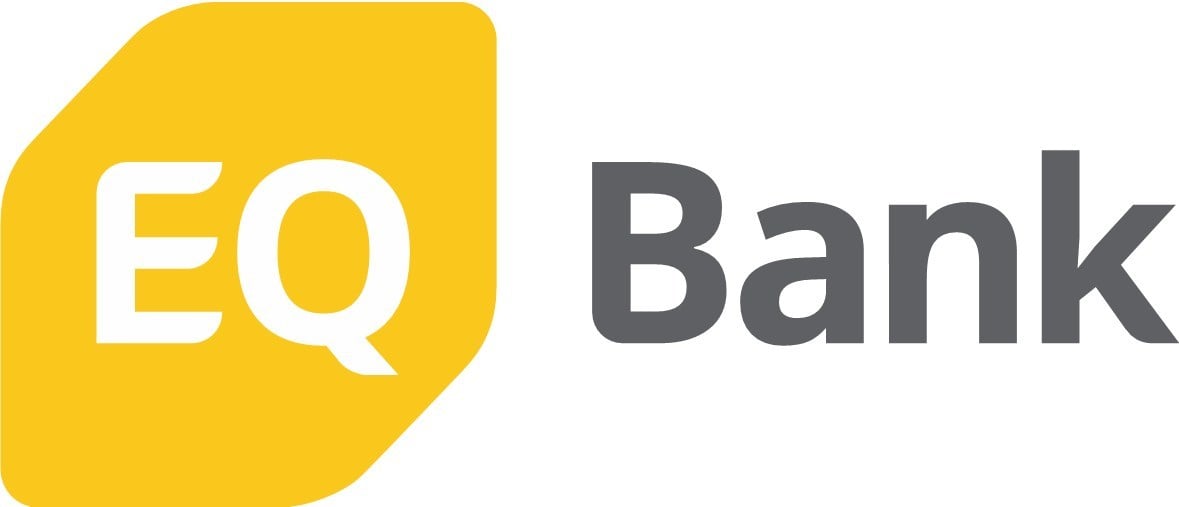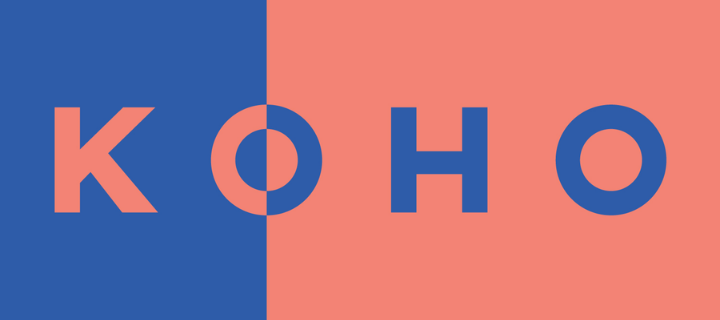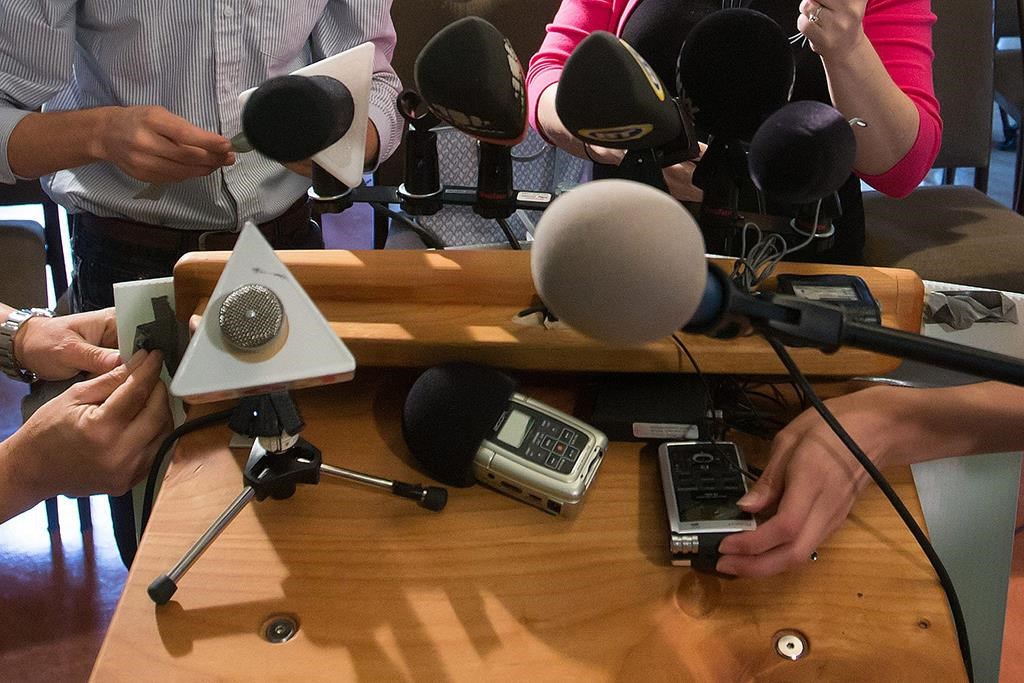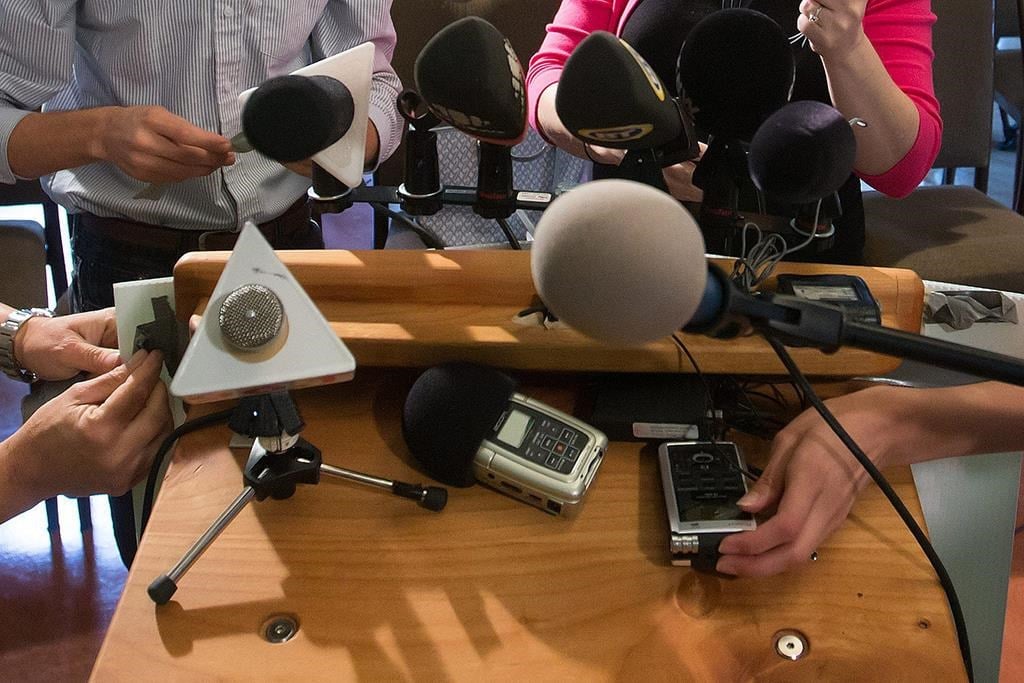Best high-interest savings accounts in Canada
Updated: April 26, 2024
Finding the right place for your savings is important, but not all strategies for saving are created equal.
Investing your savings could pay dividends, but it’s not always easy to turn your investments into liquid assets if you need cash fast. Parking your money in a regular savings account isn’t a bad idea, but he interest rate on a traditional savings account could be as low as 0.01% a year — practically nothing.
Luckily, there’s a middle ground. High-interest savings accounts (HISAs) pay substantially more than traditional savings accounts, giving the funds you deposit the chance to grow.
Here's everything you need to about the best HISA and start making money while you save.
Best high-interest savings accounts of 2024
| Click links to move to section | Best for | Start earning more with your money |
|---|---|---|
| EQ Bank | Best HISA for unlimited transactions | Get up to 4% with EQ |
| KOHO Easy | Best high interest savings account app | Earn 3% with KOHO |
| Simplii Financial | Best HISA promo rate | Get 6% for 5 months |
| Scotiabank MomentumPLUS Savings Account | Best tiered-interest HISA account | Get 5.60% for 3 months |
| Neo High-Interest Savings | Best savings account for simple transactions | Earn 4.00% interest |
| Laurentian high interest savings account | Best high-interest savings with no minimum balance | Earn 3.00% interest |
| Motusbank Savings | Best no-fee high interest savings account | Earn 2.50% interest |
| More HISA options from the Big 5 Banks | Best HISA options | Why the big banks may not be best for your high-interest savings |
Canadians have a lot of high-interest savings account options to choose from. Most financial institutions offer them, but that doesn’t mean all HISAs are equal. These are our picks for the best high-interest savings accounts in Canada right now.
Best HISA for unlimited transactions
EQ Personal Account
- Regular interest rate: 2.50%
- Interest rate with direct deposit: 4%
- Minimum account balance: None
This online-only bank falls under Equitable Bank. With no physical locations, it doesn’t have to worry about the same overhead costs as brick-and-mortar financial institutions so it’s able to pass those savings on to customers.
EQ Bank's Personal Account currently has an interest rate of 2.50%, and a 4% interest rate when you set up direct deposits.
This is one of the best non-promotional interest rates in Canada right now. Not only do you get a good rate, the EQ Personal Account also comes with many more advantages, and very few conditions.
Beyond making you money, you will pay no monthly fees and there’s no minimum balance to maintain. Account holders also have unlimited transactions and free electronic fund transfers, mobile cheque deposits and bill payments. Unlimited free Interac transfers are also included.
There is, however, a maximum balance that your account can hold, which is now $200,000. Interest is calculated daily and paid monthly into your account.
This combination of a high interest rate and limited conditions makes EQ Bank one of the top recommended best high-interest savings accounts in Canada.
Best high interest savings account app
KOHO Easy
- Regular interest rate: 3% interest, plus 1% cash back on select purchases. Earn up to 5% with KOHO's paid plans.
- Promotional interest rate: None currently
- Minimum account balance: None
KOHO has become incredibly popular since its launch, thanks to higher interest rates and low fees/limited conditions. They aren’t just another online bank, but a Canadian technology company that offers a lot of added perks.
KOHO is a free downloadable app that allows Canadians to manage their money easily, and earn interest. It's like a chequing account with the perks of a credit card. So, how does it work? The app connects with a pre-paid Visa card, so you can budget, spend, and save at the same time. Once your account is set up, you can load it with an e-transfer. You can also add your paycheque to your KOHO Card.
From there you can use the card to pay for pretty much anything from your lunch, to your bills.
We like the KOHO Easy plan because of the added perks, on top of earning interest. Once direct deposit is set up, you will start to earn 0.5% interest on your balance. The bonus comes when you use your KOHO account to purchase groceries or pay bills. Then you’ll earn 1% cash back.
KOHO isn’t a traditional HISA but the interest rate, no fees, and additional benefits make it worthy of a spot on this list.
Best high interest savings account promotional rate
Simplii Financial
- Regular interest rate: 0.40% up to 100K, 0.65% for $500K, 1.25% for $1M, 5.5% for above $1M
- Promotional interest rate: 6.00% for five months, on deposits up to $1M. Offer ends April 30th, 2024.
- Minimum account balance: None
While the normal interest rate for Simplii Financial’s HISA isn’t the most impressive at 0.40% for balance under $100,000, this financial institution is known for having some great promotional rates. While promotional rates aren’t good for long term savings, if you are only saving up money for a couple of months before you are planning on making a large purchase, then the promotional rate can be worth taking advantage of.
At the time this article was written, Simplii Financial is running a promotional rate of 6%. That’s more than double EQ Bank’s rate which can add up pretty quickly if you are looking for a place to park your money for a few months.
Like many of the other options on this list, Simplii Financial's HISA has no minimum balance requirement and no monthly or transaction fees. So, keep an eye out for those promotional rates and take advantage if the timing is right.
New Simplii Financial clients: Earn 6% with a Simplii HISA
Earn a special 6% interest rate on eligible deposits for 5 months. No matter how much is in your account, you won’t pay monthly fees.
Limits apply. Offer ends April 30th, 2024
Best HISA for tiered-interest
Scotiabank MomentumPLUS Savings Account
- Regular interest rate: 1.40%; 0.90% for 180 days; 1% for 270 days; and 1.25% for 360 days
- Promotional interest rate: 240% welcome bonus interest rate on eligible deposits for the first five months
- Minimum account balance: None
With some high-interest savings accounts, you’ll be offered different interest rates depending on how much money you have deposited, and how long you keep it there.
These are called tiered-interest accounts.
Scotiabank’s MomentumPLUS Savings Account is one of our favourites because the longer you leave your money untouched, the more it will earn. The regular interest rate is 1.40%, on top of which you can earn a premium period interest rate of 0.85% for the first 90 days and increases up to 1.25% for leaving deposits untouched for 360 days. This makes it ideal for those medium-term goals like saving a down payment for a house, a vacation or a renovation.
Again, since it’s a big bank, the Scotiabank MomentumPLUS doesn’t necessarily offer the best rates when it comes to HISAs. But their tiered interest strategy is certainly appealing to some clients looking to save money and earn some interest.
Best savings account for simple transactions
Neo Money
- Regular interest rate: 4%
- Promotional interest rate: None currently
- Minimum account balance: None
Founded in 2019, Neo Financial is catching attention with its cash-back credit card, the Neo Card, and the Neo High-Interest Savings Account.
The Neo High-Interest Savings Account offers the 4% interest rate, as well as unlimited free transactions, and no minimum deposit requirements.
The offerings of this account are pretty basic compared to some of the competitors, but Neo Financial could be a good choice if you have simpler needs. If you are just looking for a basic account with a good interest rate, it’s worth considering.
Best HISA for regular high interest rates with no minimum account balance
Laurentian High Interest Savings Account

- Interest rate on balances under $100,000: 3.00%
- Interest rate on balances between $100,000 and $500,000: 4%
- Promotional interest rate: None currently
- Minimum account balance: None
A Montreal-based bank, Laurentian comes with a reasonably strong with a 3.00% regular interest rate for their high interest savings account. Keep in mind this is the regular rate, not a promotional rate and there is no minimum account balance required. T
There are no monthly fees and account holders have access to an unlimited number of deposits. While there’s 3% interest, the Laurentian Savings account comes with some limitations. While it's a free account, an Interac e-transfer transaction will cost you $1, as will any transfers between other Laurentian Bank accounts with the LBCDirect and the mobile app.
Account holders should note that the 4.00% interest rate is only valid on balances between $100,000 and $5,000,000. Above $500,000 and the interest rate drops to 1%.
Best no-fee high interest savings account
Motusbank Savings

- Regular interest rate: 2.50%
- Promotional interest rate: None currently
- Minimum account balance: None
Motusbank is an online bank that falls under Meridian Credit Union, which is one the largest credit unions in Canada. Motusbank offers plenty of financial products and their HISA option, Motusbank Savings, is a great pick for those looking to save.
Not only is the regular interest rate of 2.5% one of the higher offers in the market, but Motusbank Savings also charges zero fees, no minimum account balance, and unlimited debit purchases and withdrawals. Sending Interac e-Transfers, however, does incur a fee of $1.25 per transfer.
While Motusbank might not be a household name when it comes to banking in Canada, it’s one worth keeping an eye on. With very competitive interest rates, no daily baking fees, and added bonuses, Motusbank has earned its spot on this list of the best HISAs in Canada.
More high-interest savings account options
Despite not making our best-of list, it’s worth taking a look at what the other Big Five banks offer for HISAs.
TD ePremium Savings Account

- Regular interest rate: 1.70%
- Promotional interest rate: None currently
- Minimum account balance: $10,000
TD ePremium Savings Account offers 1.70% interest on balances over $10,000. There is no monthly fee and you have unlimited online transfers.
Given the large minimum balance, as well as the associated fees for some transactions, it’s best to keep this account strictly as a savings account to avoid any additional costs.
CIBC eAdvantage Savings Account

- Regular interest rate: 0.40% up to $10,000, 0.60% up to $25K, 1.40% for 25K to 100K, 1.60% for 100K to $500K, 1.80% for 500K+
- Promotional interest rate: None currently
- Minimum account balance: $0
CIBC offers a 0.40% regular interest rate with their eAdvantage Savings Account. When you contribute at least $200 a month (to a maximum of $200,000) you receive an additional 0.50%.
There’s no fee for the account, but each transaction comes at a cost of $5.
BMO Savings Builder Account
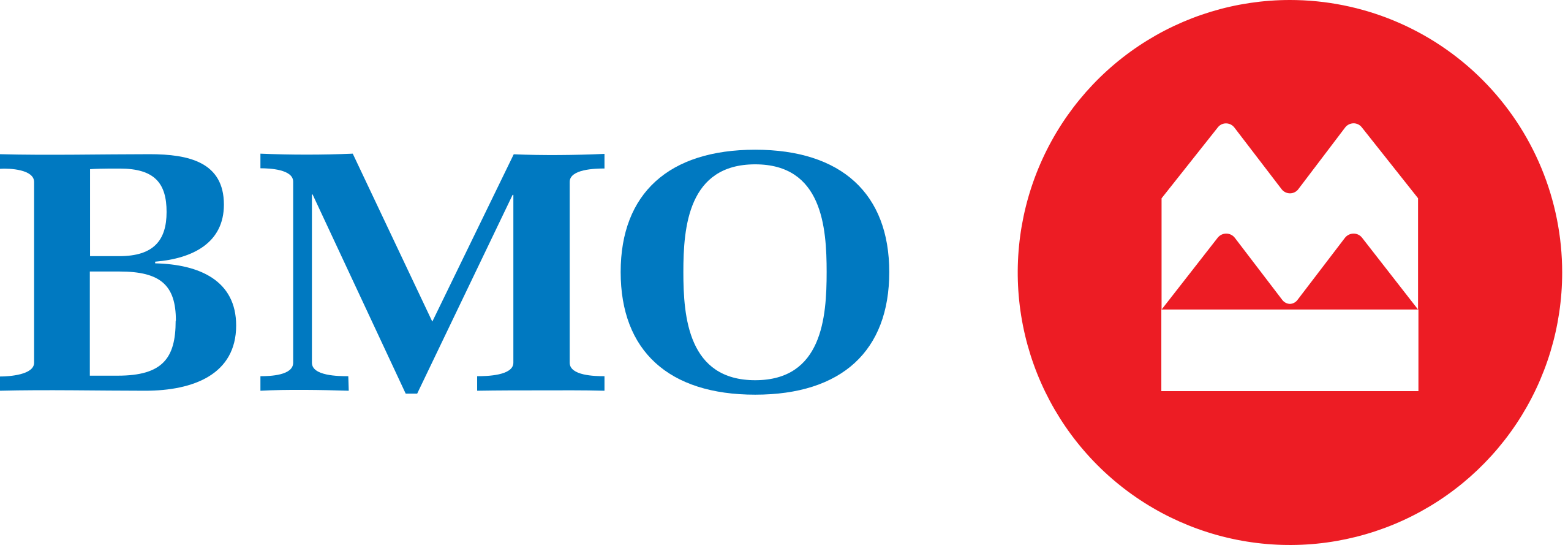
- Regular interest rate: 0.50%
- Bonus interest rate: 2.50% if you meet monthly deposit requirements
- Minimum account balance: None
The BMO savings builder account is a free account that provides a base interest rate of 0.50%, with a bonus interest rate up to 2.50%. To qualify for the bonus interest rate, you must increase your monthly balance by at least $200 each month (up to $250,000).
You receive one free transfer out of the account per month, but after that each transaction will cost you $5.
Royal Bank High Interest eSavings Account

- Regular interest rate: 1.60%
- Promotional interest rate: None
- Minimum account balance: None
RBC offers a HISA with a current standard interest rate of 1.60%. There is no monthly fee, and you can transfer money from the HISA to another RBC account in your name for free.
Included in the account is one free RBC ATM withdrawal per month. Additional transactions cost $5 per month.
A chequing account HISA alternative
While high-interest savings accounts are common, high-interest chequing accounts are pretty rare in Canada. Still, we thought it worth noting a chequing account option.
Tangerine No-Fee Daily Chequing Account
- Regular interest rate: 0.01% for balances up to $49,999.99; 0.05% for balances from $50K to $99,999.99; and 0.10% for balances of $100K or more
- Promotional rate: New clients who want to open a chequing account and savings account can use promo code EARNMORE and earn up to $400 cash back and a 5.25% savings rate in a savings account for five months
- Plus: Earn 6% for up to 5 months with their savings accounts
- Minimum account balance: None
Tangerine is an online bank known for their low fees and free accounts. One of those accounts is the Tangerine No-Fee Daily Chequing Account, which allows for free daily transactions and pays you interest on every dollar in the account. You’ll earn interest of 0.01% to 0.10% depending on your balance.
The no-fee account includes unlimited debit purchases, bill payments, and pre-authorized payments. You also have free and unlimited Interac e-Transfer transactions.
The interest rate may not be that high, but check their site for any promotional rates they may be offering.
How does a high-interest savings account work?
With a high-interest savings account, you’ll earn a lot more interest than you would with a traditional savings or checking account. That means you’ll generate more money from your savings over a shorter amount of time.
What's the catch? Sometimes with a high-interest account, you need to make a minimum deposit, maintain a minimum balance or pay regular fees — though that’s not always the case.
MORE: Best banks in Canada
What is APY?
When you start looking for a high-interest savings account, the first number you’ll see will be APY, or annual percentage yield.
APY is the yearly rate of return on the money in your account, and it includes compound interest, which is the interest earned on your interest.
The more often your investment compounds and builds interest on the interest you’ve already earned, the faster your savings grow.
Comparing the best savings interest rates in Canada
So how much higher is the interest on a high-interest, or high-yield, savings account? As of June 2022, the best rates topped 3% — more than 200 times higher than a traditional savings account.
If you were to put $10,000 into a traditional savings account with a 0.01% interest rate, you’d earn only $1 in interest during an entire year.
Compare that to high-yield accounts with a rate of 2%, which would earn you $200 in interest over the course of a year — quite a difference. And that’s without making any monthly deposits.
At the same 2% rate, making a monthly deposit of $200 over one year would earn you $222; over three years it would earn you $824, and over five years it would earn you $1,645.
As you can see, making regular monthly deposits into a high-interest account will lead to serious gains over time.
Where to find a high-interest savings account
Like traditional savings accounts, high-interest accounts are federally insured up to $100,000 if you're dealing with a bank insured by the Canada Deposit Insurance Corporation (CDIC), or a credit union insured by provincial deposit insurance providers.
Old-school brick and mortar financial institutions aren’t your only secure option though; a growing number of high-yield savings accounts are being offered by online banks, and the CDIC insures many of them as well.
And since the Bank of Canada has slashed interest rates in the wake of the coronavirus pandemic, many of these small online banks are offering better high-interest savings options than their big-bank competitors at the moment.
Should I get a high-interest savings account?
The great thing about high-interest savings accounts is they’re versatile. Whether you’re planning for your wedding or preparing for retirement, you can rest easy knowing that the money you’re putting towards your goal is growing.
Some popular reasons for opening a HISA include:
- Building an emergency fund.
- Saving up for a big purchase, like a car or a home.
- Starting a nest egg.
- Creating a college fund for your kids.
- Protecting your money against inflation.
- Helping your general savings grow.
Whatever your goals are for your savings, opening a high-interest account is a smart move.
But before you jump at the first account your bank offers you, it’s worth it to shop around a bit and see what’s out there. After all, you’re not obligated to stick with your current financial institution if you can find a better rate somewhere else.
MORE: Types of bank accounts
Comparing high-interest savings accounts
Before you open an account, it's a good idea to compare offers from a few financial institutions. Here are a few key things you should look for when comparing your options for a high-interest account.
Interest rate
Obviously you’ll be looking for accounts with high interest rates, but make sure to clarify whether the rate being offered is standard or if it’s an introductory rate that will eventually go down. The highest rate isn’t always your best bet if it’s going to drop after just a few months.
You should also look into whether there are minimum or maximum thresholds you need to meet in order to maintain your rate, and confirm that they’re doable for you.
Fees
Some financial institutions may charge introductory fees for opening a high-interest account, and monthly maintenance fees for keeping it open. It’s important that you understand what these fees are and whether there are ways to avoid them.
Access to your money
How easy it will be to access the money in your high-yield account is another thing to consider. Some banks will allow you to make withdrawals instantly using an ATM card, while others may require a waiting period of several days before your transaction is processed.
Compounding offer
Lastly, you should find out how frequently the interest you earn from your account will be compounded. An account in which interest is compounded daily will grow your savings faster than an account where interest is compounded yearly. The more often interest is added to your balance, the more growth you’ll see in your savings.
How is a high-interest savings account different from a regular savings account?
While they offer better interest rates than a regular savings account, HISAs also tend to come with more restrictions or conditions.
Some common conditions to look for when choosing a high-interest savings account include account minimums. For example, interest might only be calculated if your account has a minimum balance, such as $5,000.
There are also withdrawal conditions, where there are a limited number of free withdrawals per month. Any extra ones will lead to a charge. There are also transaction fees, which may be waived depending on your balance. Again, any conditions and fees associated with your HISA will vary from institution to institution.
Best banks guides
Disclaimer
The content provided on Money.ca is information to help users become financially literate. It is neither tax nor legal advice, is not intended to be relied upon as a forecast, research or investment advice, and is not a recommendation, offer or solicitation to buy or sell any securities or to adopt any investment strategy. Tax, investment and all other decisions should be made, as appropriate, only with guidance from a qualified professional. We make no representation or warranty of any kind, either express or implied, with respect to the data provided, the timeliness thereof, the results to be obtained by the use thereof or any other matter.
